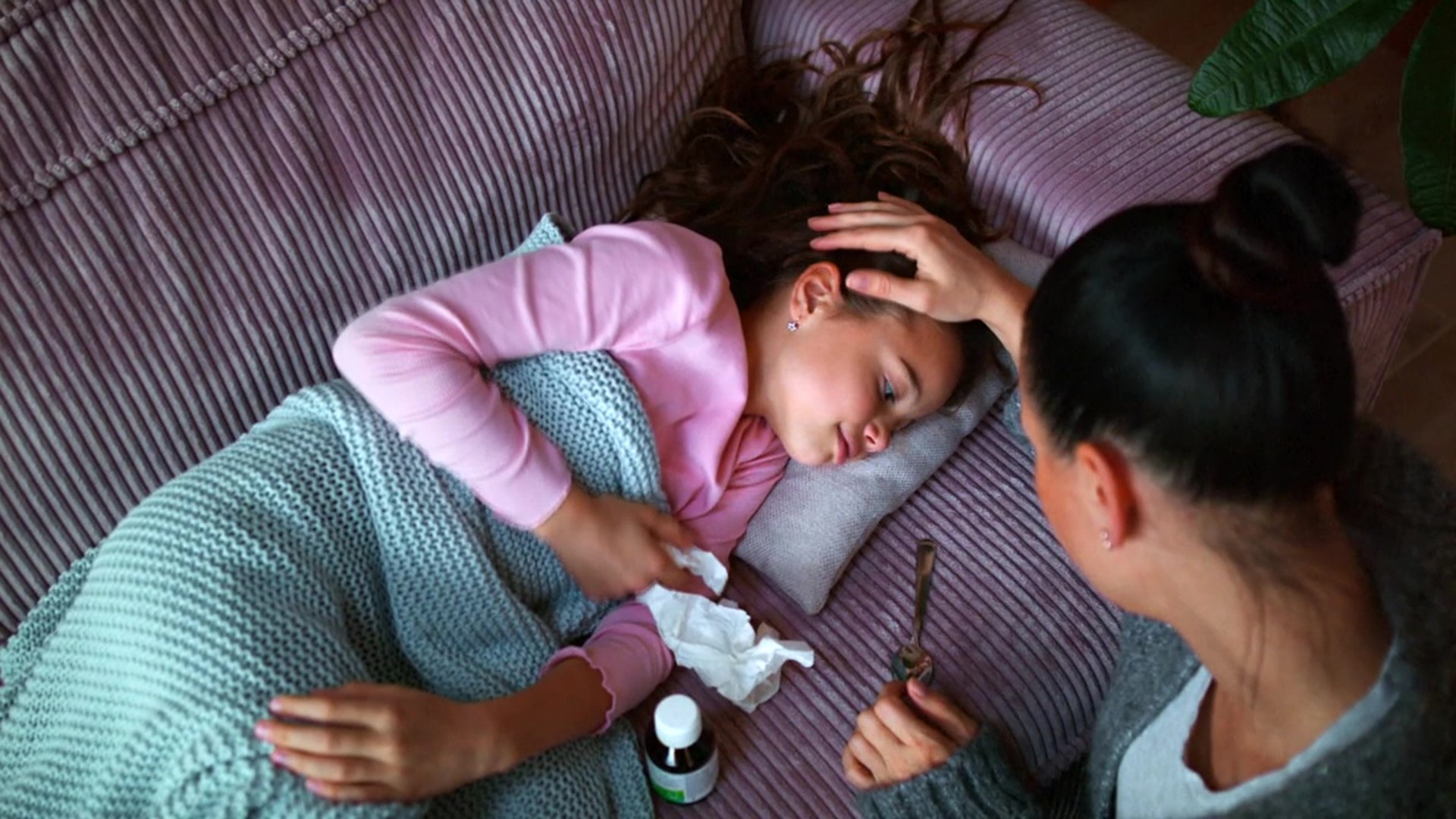DANVILLE, Pa. — Respiratory syncytial virus, or RSV, is a lung infection that can lead to serious complications, especially in young children and older adults. It's very contagious and spreads through direct contact or droplets in the air. Symptoms are similar to flu and COVID-19.
"Fever, runny nose, cough, and difficulty breathing. Particularly young infants stop eating because they have such trouble breathing," said Dr. Swathi Gowtham, a pediatric infectious disease specialist at Geisinger.
Dr. Gowtham says 97 percent of children will get RSV by the time they are 2 years old, and about three percent of those kids will need to be hospitalized.
RSV is one of three main winter viruses Geisinger sees, along with COVID-19 and flu.
"Because it's a virus, there is no antibiotic for it. All you can do is watch the kid cough. It's a very painful cough. You can give them oxygen, give them fluids."
Dr. Gowtham says the best way to prevent RSV is with a vaccine. Recently, an antibody was approved for children under 8 months of age to help build immunity against RSV.
Vaccines were approved for pregnant women between 32 and 36 weeks and adults over the age of 60.
"There's an 80 percent reduction, particularly in the young infants, in seeking medical care. So, pediatrician visits, ED visits, and hospitalizations as well with the new RSV immunizations as well."
Other ways to help prevent RSV are washing your hands frequently, covering your mouth when you cough, and staying home when you are sick.
More information about RSV from Geisinger is available HERE.
Information on RSV from the Centers for Disease Control and Prevention is posted HERE.
See more Healthwatch 16 stories on YouTube.

